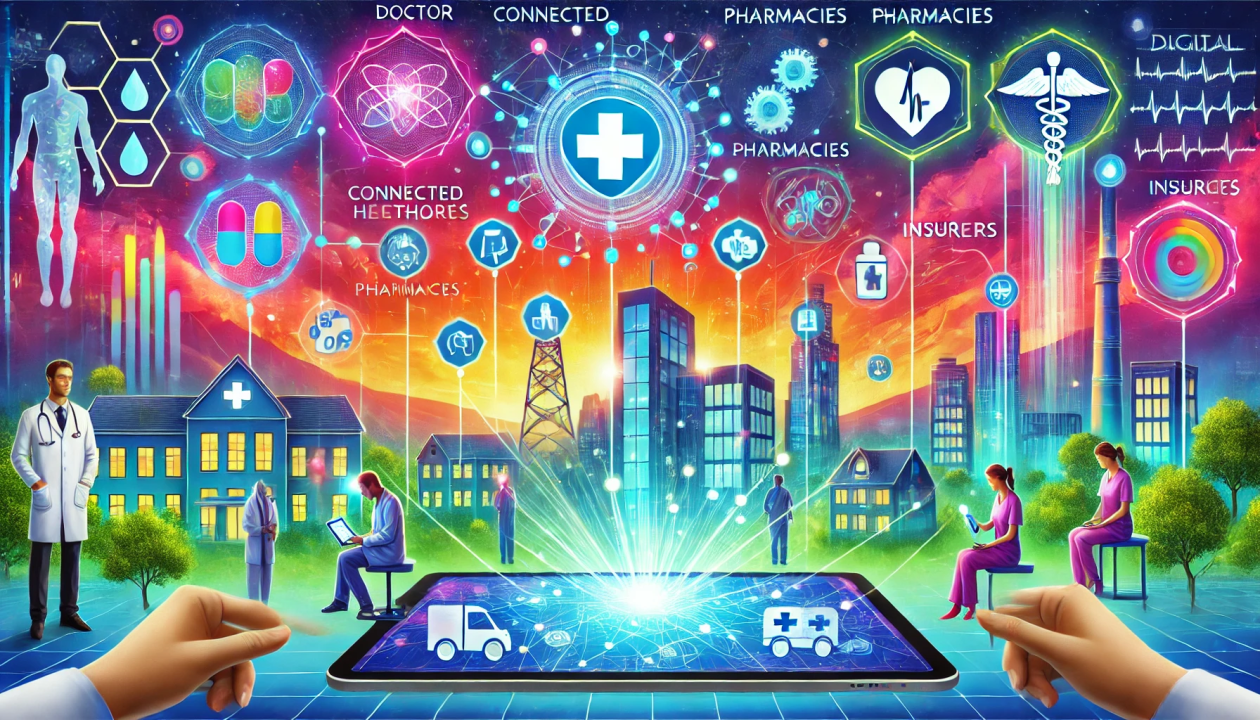Are you looking to know What lessons are drawn from the fusion of health and technology? then read this article to find out What lessons are drawn from the fusion of health and technology?

Health technology convergence generates insights extending beyond medical improvements alone. The collision between healthcare systems and digital innovation reveals patterns about adoption barriers, data ethics, human behavior, and system transformation. Lessons from evolving health technology trends are available for reference on caffeyolly.com. These lessons should be learned by patients, doctors, and technology developers. A fusion teaches as much about human nature and institutional inertia as about technical capabilities.
Data ownership complications
The integration of health technology immediately raised questions about who controls patient information and how data is used. The lessons learned reveal complexities that simple technical solutions cannot resolve. Key ownership issues include:
- Patients generate health data but rarely control access or usage rights
- Technology companies collecting data claim ownership through user agreements
- Healthcare providers maintain traditional medical record control despite new data streams
- Insurance companies seek access to optimize pricing and risk assessment
- Research institutions need large datasets, but privacy concerns limit availability
There are conflicting interests among stakeholders. European models emphasizing patient rights differ from American approaches favoring institutional control. The lesson shows technology outpacing legal frameworks consistently, leaving gray areas where exploitation occurs before protections develop.
Resistant adoption
Healthcare systems often resist new technology for reasons that extend beyond simple technophobia. Workflow disruption costs time and money during transition periods. Staff training requirements strain already tight schedules. Liability concerns around new tools make risk averse institutions cautious. Integration with existing systems proves technically challenging and expensive. Successful adoption required addressing human factors alongside technical capabilities. Technologies forcing radical behavior changes struggled regardless of superiority over existing methods. Incremental improvements that fit existing workflows gained traction more quickly than revolutionary approaches that require complete process redesign. The lesson emphasizes understanding organizational culture and individual incentives matters as much as building better tools.
Equity gap amplification
Digital health tools promised democratizing access to quality care through wider distribution at lower costs. Reality demonstrated technology often widens rather than narrows health equity gaps between populations. Technology access disparities create multiple barriers:
- Internet connectivity requirements exclude rural and low income populations
- Device costs place wearables and monitors beyond many households’ budgets
- Digital literacy variations affect who benefits from health apps and telemedicine
- Language barriers in predominantly English platforms limit non native speakers
- Age related technology comfort levels disadvantage elderly populations most needing monitoring
Algorithmic bias discovery
Medical algorithms trained on historical data inherited biases from that data, producing systematically worse outcomes for certain demographic groups. This pattern taught crucial lessons about the limitations of artificial intelligence. Discovered biases manifested across applications:
- Diagnostic algorithms are less accurate for women and minorities underrepresented in training data
- Risk prediction tools systematically underestimating severity for Black patients
- Treatment recommendation systems reflecting historical care disparities in suggestions
- Imaging analysis is performing worse on skin tones absent from development datasets
- Clinical trial AI excluding populations based on biased eligibility criteria
The lesson illustrates how algorithms amplify rather than eliminate the human biases embedded in historical medical data. Developers who assumed that data neutrality applied at scale perpetuated discrimination. Diverse training data and ongoing monitoring are necessary to address algorithmic bias. A tech-optimistic view collided with reality, requiring thoughtful implementation. Future health technology development benefits from internalizing these hard learned lessons rather than repeating mistakes.